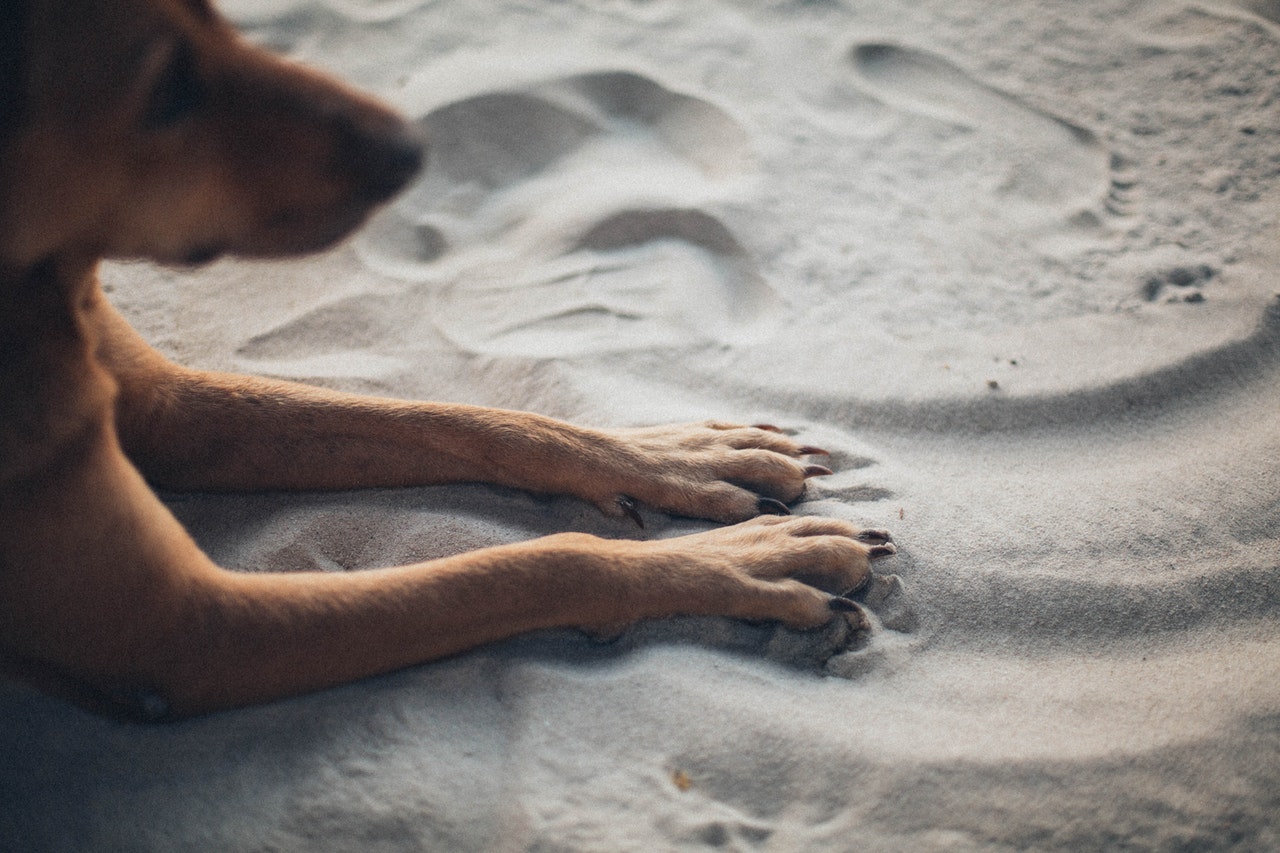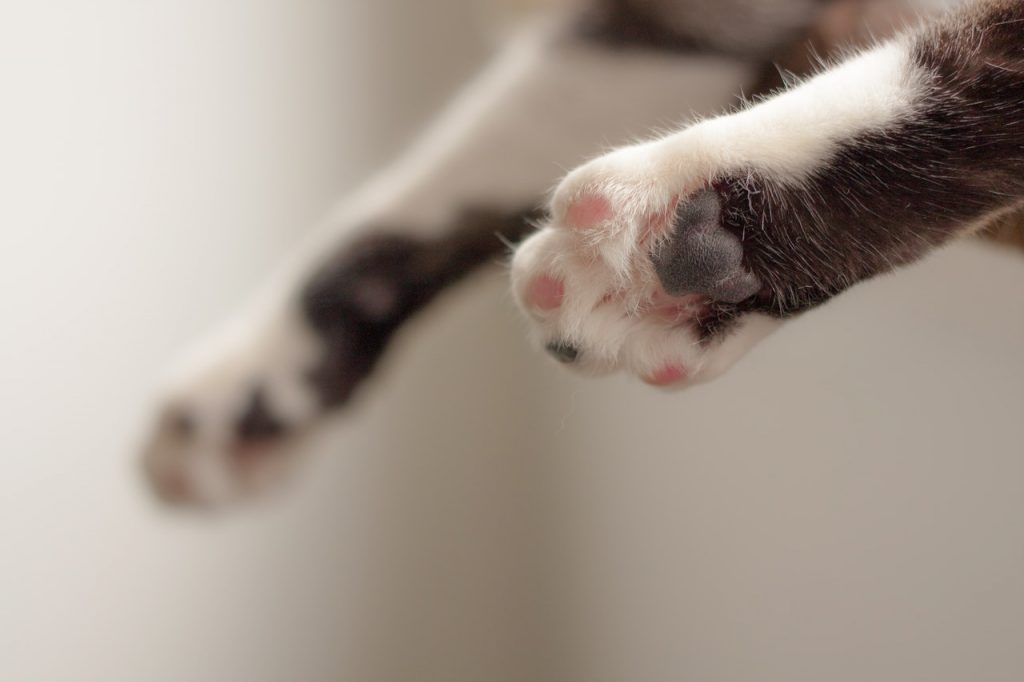For both humans and their pets, walking barefoot on the ground can cause injuries, whether in hot or cold temperatures. Protecting your pets’ paws will help prevent injuries. And just like with our own skin, hands, and feet, regular care is vital for your pet’s paws.
Daily Care for Your Pet’s Paws
Pet grooming isn’t just about keeping your pet clean or looking adorable — it includes the prevention of discomfort and injuries.
Do paw checks regularly. Pebbles and other debris can frequently find their way into the crevices of the paws, especially when they often play outside the house. Make it a daily routine to check in between your pet’s paw pads and clean out dirt and debris. You may wipe off the soil with a damp cloth and use tweezers to remove the bigger debris particles.
Nail trimming. When your pet walks on the floor and you hear a bunch of clicking or scratching sounds, it means your pet’s nails are scraping against the surface, which shouldn’t be the case. This is your signal that your pet’s nails are in need of a trim. Use pet-appropriate nail clippers.
Hair trimming. It is likewise important to maintain the hair growing in between your pet’s paw pads. If neglected, the hair between the paw pads can get matted (knotted) and cause your fur baby pain. Brush or comb these out and trim them — the hairs should be level with the paw pads’ surface.
Massaging and moisturizing. Massage your pet’s paw pads with a pet-friendly moisturizer. Dry paw pads are more prone to cracking and injuries. The massaging action will promote blood circulation to the area. Massage by gently rubbing your thumb in between the paw pads, using circular motions.
Prepare your pet for the outdoors. The rough ground surfaces of the outdoors may cause discomfort and injury to your pet’s paws, especially if he is used to indoor settings. The Animal Humane Society attributes poor paw pad health to the terrain pets walk on, especially in extreme temperatures. Some pet owners add brick pavers to their lawns, not just for the aesthetic and safety values, but also for the benefit of their pets.
- In snowy weather, consider wearing booties so as to limit the harsh effects of cold and sharp ice on the paws. If you prefer to go bootless, wipe down your furry one’s paws thoroughly and check in between the crevices for residual ice. The American Veterinary Medical Association recommends applying lanolin or wax-based petroleum products to your pet’s paws before heading outdoors on a snowy day.
- In the summertime, your pet’s paws will need protection from the hot pavement and dirt that can cause cracks, burns, or blisters to the paw pads. Regular moisturizing of your pet’s paw pads will go a long way in preventing this. Make sure to moisturizer, too, right after a hot day’s stroll with your pet.
Treatment for Dry, Cracked Paws

Be on the lookout for frequent licking and chewing. If you notice your pet licking or chewing on his paws repeatedly, he could have an injury or an irritant stuck in the paw’s crevices. Run a thorough paw check and remove any debris. Also, rub antimicrobial ointments or solutions for pets to soothe irritation and hasten the healing of minor cuts, cracks, or injuries. If despite these home remedy steps and the licking or chewing persists, reach out to your veterinarian for a better diagnosis and treatment plan.
Coconut oil and vitamin E oil. Aside from over-the-counter topical paw balms, coconut oil and vitamin E oil both soothe cracked paw pads.
First aid for cuts and cracks. Wash the affected areas of your pet’s paws with pet-friendly soap and water, then apply a pet-formulated wound care solution. Antimicrobial topical solutions do help soothe and heal scrapes, cuts, or cracks. You may also bandage the area temporarily to avoid any more injury to your pet’s paws.
It is vital to regularly follow an at-home pet care routine that includes paw care just as it includes grooming and exercise. Never leave cracked pet paws untreated as this may lead to more severe injuries like infection, pain, and, worst of all, lameness. Aside from maintaining your pet’s wellness, routine pet care could be a great opportunity for quality time and bonding with your pet. If consistent home care and prompt first aid are not doing the job, do take your pet to the doctor.
Sometimes, cracked paws may be a symptom of an undiagnosed health condition. If you do not see any debris or irritants and still observe frequent licking or chewing, lameness, or abnormalities on the paw pads’ appearance, go see a veterinarian.

